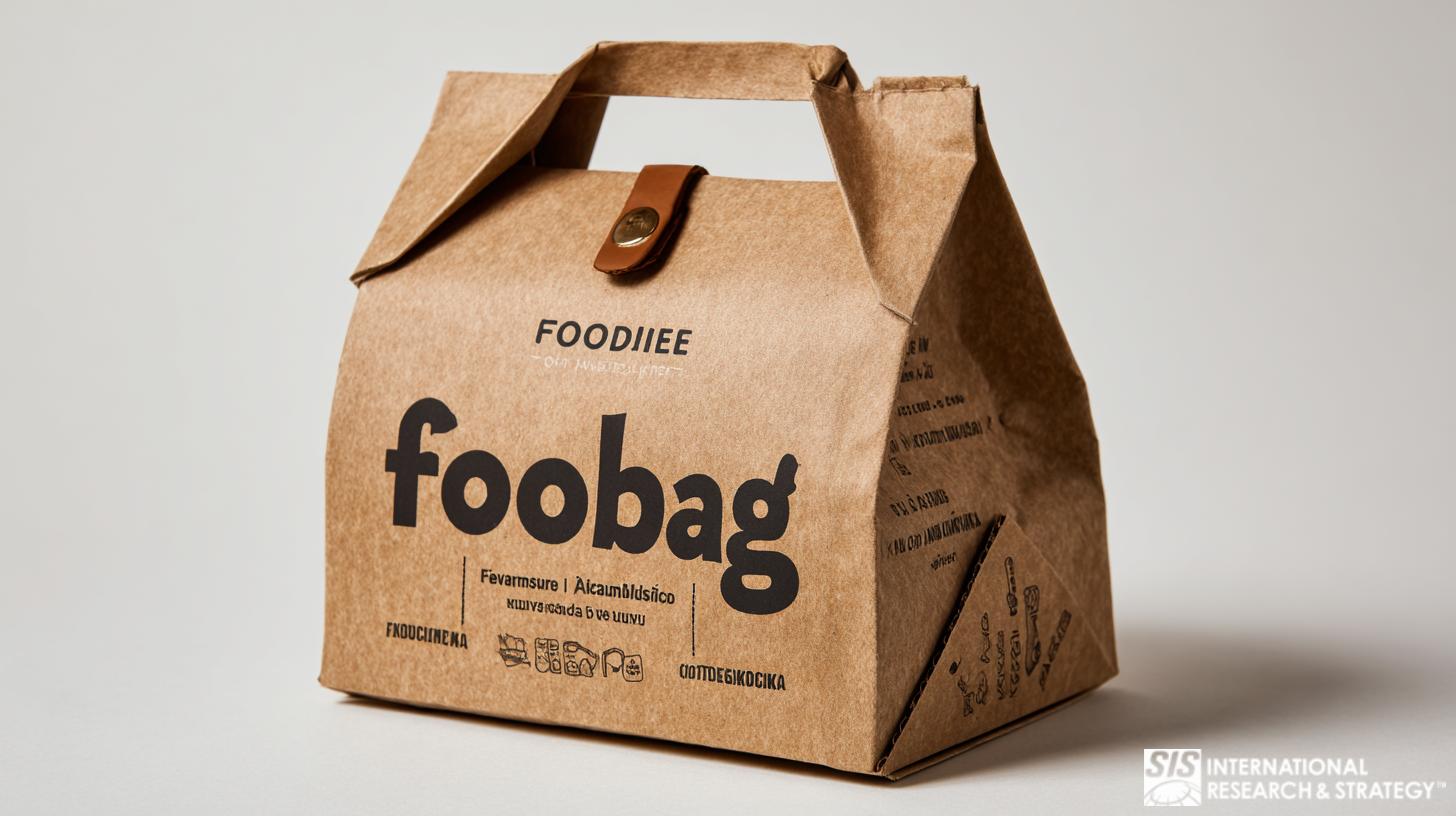
Il packaging è spesso l’aspetto più importante e trascurato del marketing.
In the last 10 seconds before making a purchasing decision, consumers view packaging as a major motivator to buy. While many marketers aim to be on the consumer’s shopping list, it’s also the packaging and the last 10 seconds before purchasing that can be most crucial.
La ricerca di mercato sugli imballaggi sugli imballaggi riflette diverse pratiche ottimali.
1. Un buon imballaggio riflette le condizioni in cui verrà venduto.
Look at fast food restaurants and beverage companies that are creating packaging that reflects the customers’ purchasing and usage of the product. For example, V8 is designing its packaging to fit into vending machines. On this note, effective packaging must effectively reflect the product’s benefits. For example, McDonalds is emphasizing food quality now with boxes emphasizing how high-quality the food is.
2. Unique shapes, structures, and delivery systems help differentiate products from competitors.
With so many products on the shelf, it’s important to stand out to consumers. Research has found that good packaging contributes to convenience, which improves customer satisfaction. It also breaks notions of how much customers are willing to pay. An example is “Simple Orange” juice being presented in a carafe style bottle. This presents their product as more “high-end,” allowing them to charge a premium price. Another example is Imperial Sugar Company’s “Redi-Measure” brown sugar cup-packets, intended to make measuring easier and to prevent their customers from using too much or too little of their ingredients in the baking process.
3. Il packaging dovrebbe includere la personalità del marchio con marchio e personaggi.
Un esempio di ciò è Toucan Sam, che indica immediatamente i vantaggi del prodotto come il sapore della frutta e il divertimento. Questa euristica del marchio aiuta a invocare la componente emotiva dell'acquisto e subordina le considerazioni più razionali sul prezzo dell'acquisto.
Customers need simplicity in messaging due to many conflicting messages, competing products like private labels, and complicated products. Good packaging often reflects simple brand values and product claims. One way to do this is to remove much of the clutter and only print what is essential. Doing so should make the packaging easy to read and not confusing to potential customers. Research indicates that customers are increasingly noticing more scientific claims written on packaging and becoming confused and overwhelmed by them. Additionally, companies can return to past successful taglines to help the customer strengthen their buying heuristics.
4. Il packaging deve evidenziare affermazioni convincenti e credibili sulle differenze di prodotto.
One example of this cereal brands emphasizing their use of organic ingredients and lack of preservatives, unlike their competitors. This can help justify a premium price and draw positive attention to products.
5. I confronti diretti con un prodotto della concorrenza possono essere efficaci.
Ad esempio, un cereale può dire che contiene 50% di latte in più rispetto a un altro prodotto. Il prezzo non dovrebbe essere l’unica caratteristica di differenziazione e i prezzi premium devono essere giustificati.
6. L'imballaggio non viene letto dall'alto verso il basso, ma dagli angoli sinistro e destro dell'imballaggio.
Le affermazioni rassicuranti dovrebbero essere inserite in questi angoli, mentre le affermazioni primarie dovrebbero essere al centro della confezione. In questo senso, meno parole sono, meglio è, poiché i consumatori tendono a guardare immagini e immagini più che valutare affermazioni scritte.
7. Effective packaging can target “Rejuveniles” who are middle aged people young at heart, and somewhat nostalgic.
Questa confezione è più simile a quella dei bambini, simile ai giocattoli e ha una grafica brillante.
Informazioni sulle ricerche di mercato SIS
SIS International Research is a global Market Research and Strategy Consulting firm. We provide insights, data, and strategies to boost our clients’ revenues and uncover new opportunities. Key Packaging Market Research solutions include:
- Test sugli imballaggi
- Etnografia
- Approfondimenti sul percorso dell'acquirente
- Mappatura del percorso del cliente
- Test di usabilità (UX)



